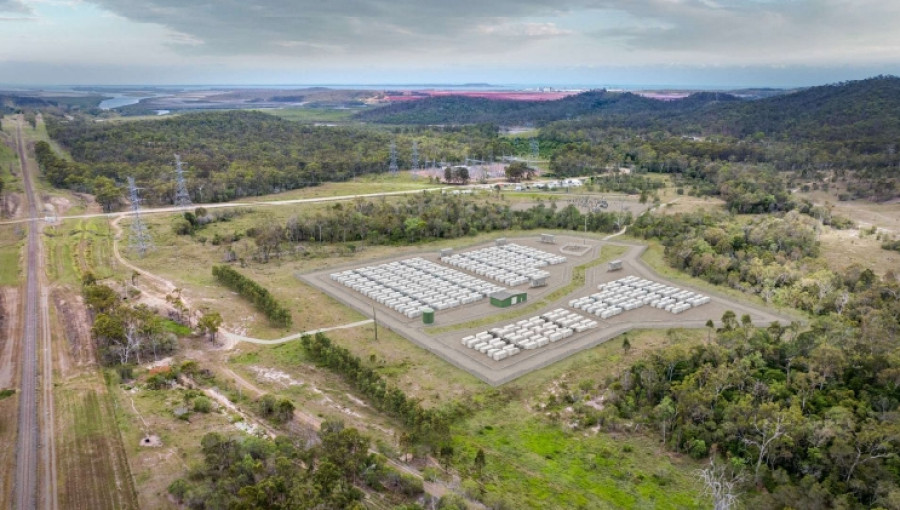Australia has recently risen to become the world’s third-largest market for utility-scale battery energy storage systems (BESS), overtaking the United Kingdom. With an impressive capacity of 14 GW/37 GWh nearing financial close, the country is set to expand its offerings further over the next two years. The surge in battery project proposals has risen significantly, climbing from 109 GW to 154 GW within a year. Notably, Australia leads globally in utility battery capacity per capita, marking a substantial milestone in renewable energy advancement.
According to Rystad Energy’s recent report, Australia now has the highest utility battery capacity per million people, significantly surpassing both China and the United States. Senior Analyst David Dixon pointed out that while this achievement showcases the attractiveness of the Australian energy market, the country may not sustain this position long-term due to its size. “We have record levels of utility batteries being constructed, but this comes with increased strain on resources,” he noted, adding that labor costs could rise as competition grows among renewable energy projects, such as the recently finished gas plants in New South Wales.
The Australian Energy Market Operator (AEMO) anticipates a 28% increase in electricity consumption over the next decade, indicating a steady demand for enhanced electricity generation capabilities. Recent data revealed that 10 new storage projects were approved in mid-2025, marking a critical expansion in grid-scale battery projects. AEMO Chief Executive Officer Daniel Westerman emphasized the need for an efficient rollout of new generation and storage facilities, especially as a significant portion of fossil fuel power generation is expected to retire.
Investment in new storage options is forecasted to exceed AUD 21 billion (approximately $14 billion) by 2030, primarily fueled by the Capacity Investment Scheme launched by the Australian government. Prominent companies like Neoen and Akaysha Energy are at the forefront of this surge. Akaysha’s Waratah Super Battery, a massive 850 MW/1.6 GWh facility, is distinguished as the largest and fastest flexible generation asset currently developed globally. Built to provide substantial electricity storage, it can support nearly 970,000 homes for one hour.
The Waratah Super Battery utilizes advanced lithium iron phosphate batteries located near Sydney, with a significant portion of the components sourced from both international and domestic suppliers. CEO Nick Carter highlighted that the battery’s installation comes with unique challenges, including ensuring stability and efficiency within the National Electricity Market amid the dynamic energy landscape. The facility also serves as a crucial buffer, quickly responding to system disturbances.
Experts project that a massive increase in energy storage capacity will be needed over the coming years to compensate for significant coal power station closures across Australia. Forecasts indicate that at least 49 GW of new energy storage will be required by 2050 to meet net zero emissions goals. This significant demand is complicated by the rapid growth of artificial intelligence and cloud services, which are heavily reliant on electricity. AEMO’s projections suggest a primary reliance on larger utility-scale batteries over smaller household options due to cost efficiency and greater revenue potential.

